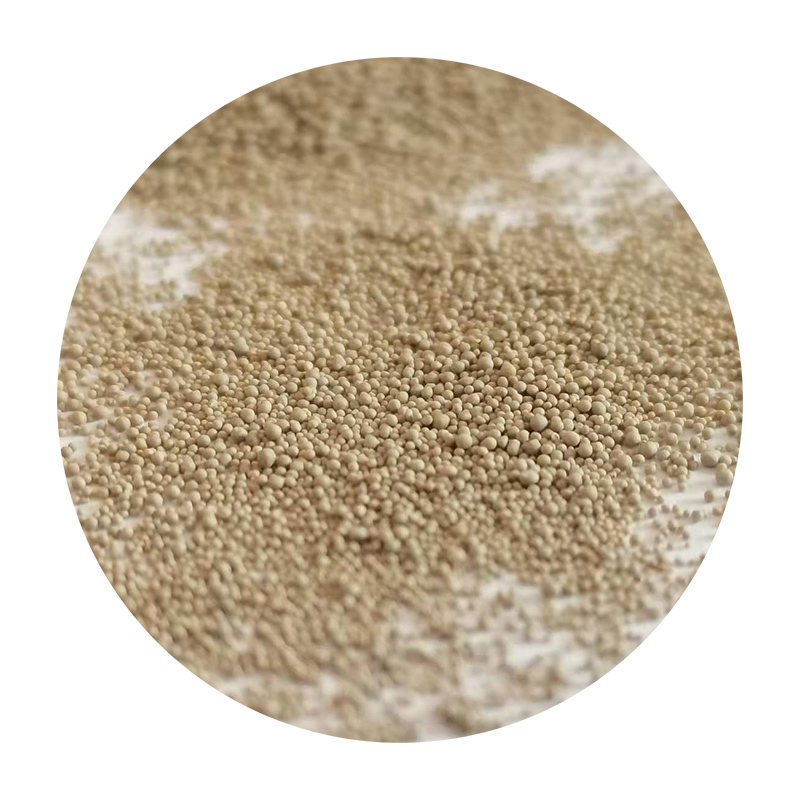The Evolution of 3D Printing in Sand Transforming Manufacturing and Artistry
In recent years, 3D printing has emerged as a revolutionary technology across various industries, and one of the most intriguing applications is in the realm of sand printing. The process of 3D printing with sand combines traditional manufacturing techniques with cutting-edge technology, leading to a wealth of opportunities in construction, art, and engineering.
Traditionally, sand casting has been a method used for centuries in metalworking. It involves creating a mold from a sand mixture and pouring molten metal into it. However, the advent of 3D printing has transformed this age-old process. By utilizing sand as a medium, engineers and artists can create intricate designs and structures that would be nearly impossible to achieve through conventional methods.
The Evolution of 3D Printing in Sand Transforming Manufacturing and Artistry
Moreover, 3D printing with sand is also making waves in the field of architecture. With the ability to generate large-scale structures quickly, architects can experiment with new forms and designs. Using sand, they can create models that accurately represent their visions, allowing for better visualization and planning prior to construction. This method of rapid prototyping not only saves time but also provides architects with the freedom to explore creative possibilities without the limitations of traditional materials.
3d print sand

The environmental impact of 3D printing with sand is another notable aspect. Traditional construction methods often generate a significant amount of waste, which can be harmful to the environment. In contrast, 3D printing with sand is a more sustainable approach. The technology utilizes natural sand, and the printing process minimizes waste by only using the material necessary to create the desired object or mold. Furthermore, as industries move towards sustainability, sand 3D printing plays a pivotal role in reducing carbon footprints by optimizing resource usage.
In the realm of artistry, 3D printing with sand opens up a new frontier for artists. The ability to manipulate sand into detailed sculptures and intricate designs allows for a fusion of technology and creativity. Artists can create unique pieces that reflect the beauty of natural sand and its formations while exploring new artistic expressions. The tactile quality of sand adds an extra dimension to the artistic process, making it a compelling medium for sculptors and designers alike.
As technology continues to evolve, the future of 3D printing with sand promises even more exciting advancements. From innovative construction techniques to groundbreaking artistic endeavors, the implications of this technology are vast. With ongoing research and development, we can expect to see more efficient printing methods, enhanced material properties, and wider accessibility to this transformative technology.
In conclusion, 3D printing with sand is more than just a novel technique; it represents a shift in how we approach manufacturing and artistry. By merging traditional practices with modern technology, this process has the potential to revolutionize multiple industries while promoting sustainability and creativity. As we move forward, the continued exploration of 3D sand printing may unlock opportunities we have yet to imagine, reshaping the landscape of design and manufacturing.
Post time:Каст . 31, 2024 12:23
Next:Advancements in Ceramic Foundry Sand for Enhanced Casting Performance and Sustainability
